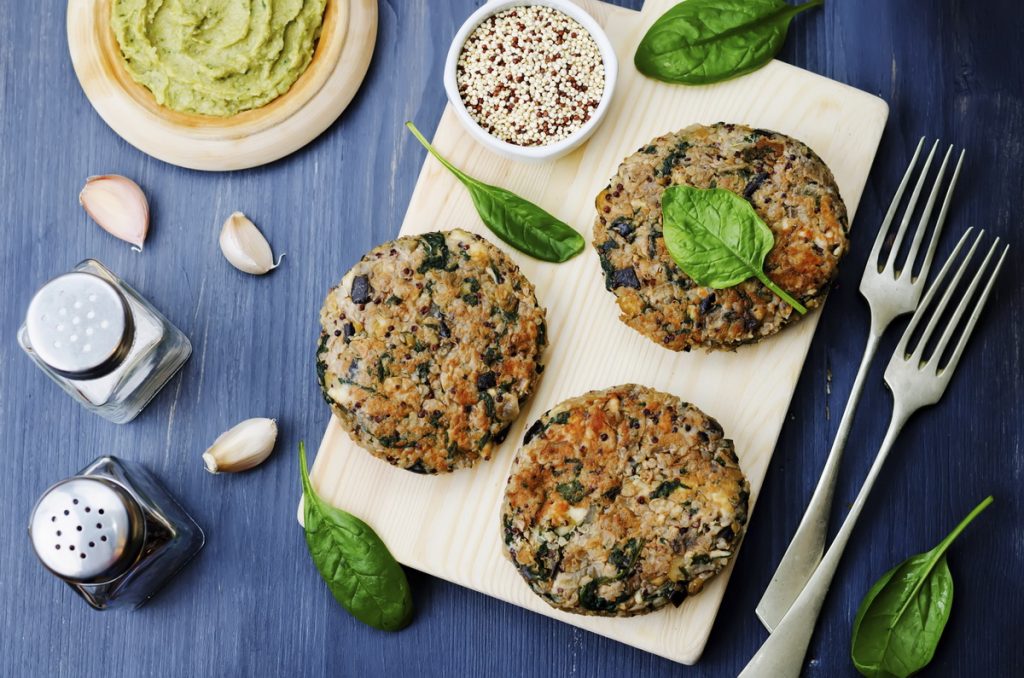Growing international profile;
more than 19,000 visitors from 62 countries, with international visitors making up 30 percent
Stellar line-up of 325 international exhibiting companies
and brands from 30 countries and regions

Breaking records and exceeding expectations yet again is the 7th edition of PACK PRINT INTERNATIONAL held at BITEC, Bangkok last month. Closing to resounding success, the biennially-staged International Packaging and Printing Exhibition for Asia welcomed over 19,000 packaging and printing trade visitors from 62 countries, representing a near 15 percent increase from 2017 and clocking in a high 30 percent of overseas visitorship.
Top five visitor markets registered from abroad were India, Singapore, Malaysia, China, and Vietnam. Similar upward trend was seen on the exhibitor’s front, where an almost 10% increase in participation was recorded. This brought to the bustling show floor future ready innovations and solutions by 325 companies and brands from 30 countries, including some of the best local players as well as national pavilions from Germany, China, Thailand, Singapore and Taiwan.
Proving its relevance and appeal as the region’s premier sourcing event for machine distributors, packaging and printing service providers, licensing manufacturers and finished goods producers, the exhibition also received growing interest from international visiting delegations from the Korea Packaging Association, Myanmar Paper & Pulp Association, Myanmar Printers and Publishers Association, several others from Japan, Philippines, Sri Lanka and Vietnam, as well as more than 40 local printing and packaging visiting groups from leading FMCG companies. Alongside these was an extended visitor profile that covered a wide range of industries and application areas, including print and packaging houses and converters, marketing, publishing and media sectors, vertical markets and those in the future technologies industry.


Exhibition Sales Success: A Proven Business Promotion Platform
A joint collaboration by The Thai Packaging Association, The Thai Printing Association and Messe Düsseldorf Asia since 2007, the success trajectory of PACK PRINT INTERNATIONAL as an exhibition for the industry, by the industry was hard to miss.
Exemplifying this point this year were numerous first-time product launches by global brands at the exhibition. First up was the worldwide launch of the offset press Speedmaster CX 75 by Heidelberg and Masterwork. A German-made machine for commercial, label and packaging printing packed with optimisations in the feeder, delivery and colour configuration, the multi-talent press was sold by day two of the exhibition along with all the machines that were on show at Heidelberg’s booth.
Next was Canon’s Southeast Asia Premiere of its Océ Colorado 1650, a 64-inch production graphics printer featuring two innovations in the form of a new flexible ink, and Océ FLXfinish technology. To which, three units were sold by the end of the first day of the exhibition, with many more potentials in the pipeline.
“Southeast Asia is one of our biggest markets specifically Thailand, this is why we chose to launch our premier machine, the Océ Colorado 1650 here in Bangkok at PACK PRINT INTERNATIONAL 2019. The show has been really well-attended and a lot of people have been at our booth. We have also signed on several new customers for the Océ Colorado 1650. Great success has been achieved so there is no reason for us not to be back in 2021.”
– Mr. Steve Ford, Managing Director, Production Printing, Océ – Asia
In enhancing the capabilities of its print technology, HP opted to present its end-to-end web-to-print solutions at the exhibition. Some of these highlights included the debut of the HP Indigo 7000 sheet-fed digital offset colour press to the Thai market and the inaugural HP Digital Print Pavilion featuring real-life customer testimonials, case studies and the diverse applications of HP’s Indigo technology.
For Japanese brand, OKI, they presented their newly launched label printers – the Pro1040 and Pro1050 – the world’s first, small single-cut label specialised printers. Other packaging and printing heavyweights on show included; Koenig & Bauer, Konica Minolta, Riso, Fujifilm, Ricoh, Bobst, KURZ, Zund, Fuji Xerox, SCG Packaging, Sansin, Selic Corp, PMC Label Materials, and more.
“This is one of the largest packaging and printing exhibitions in the region and has a very strong international following. We have been able to meet with quality customers from Philippines, Myanmar and the surrounding region – so it has served to be a good meeting point and participation for us.”
– Mr T Masahiko, OKI Data (Singapore) Pte Ltd
This optimistic sentiment and economic confidence in the domestic and regional markets was also echoed by Mr Gernot Ringling, Managing Director of Messe Düsseldorf Asia; “Sales and business promotion activities remain at the heart of a trade exhibition and we are delighted that many successful business dealings and collaborations were formed right on the spot at PACK PRINT INTERNATIONAL 2019. The energy and dynamism across all four show days coupled with the healthy increase in visitor numbers, particularly from those overseas, reinforces the exhibition’s draw as a focal point for suppliers and buyers to gain prospects and quality leads, as well as to make business connections and inroads into Thailand and the regional marketplace.”


Forward-looking Exhibition and Knowledge-driven Programme
Driven by the confluence of disruptive digital technologies and the evolving momentum of Thailand 4.0, the rich menu of exhibition highlights were pervaded by thematic zones such as the return of the successful One Stop Pack & Print Pavilion which served as a hub for trade professionals to reach out to member companies and packaging users and get free professional advice, a Labelling Zone that covered advanced end-use packaging applications to a wider spectrum of label printing, a Prototype showcase, and displays of product packaging designs by students of Toyota Art Camp University and winning entries of the AsiaStar 2019 Awards.
As a knowledge-building platform for the packaging and printing sectors, more than 1,500 delegates attended over 50 industry-focused concurrent events spearheaded by 35 industry experts; these included: the ASEAN Printing and Packaging Conference held in conjunction with the ASEAN Printing Forum 2019, an Asian packaging seminar on sustainable packaging for the circular economy by the Asian Packaging Federation, a Food & Beverage Packaging conference, the 2019 Asian Print Awards, a workshop on professional product photography by Photo Business Association, Thailand, as well as free-to-attend technical presentations by exhibitors.
PACK PRINT INTERNATIONAL is modelled after the sectors’ leading trade fairs, drupa and interpack, by the Messe Düsseldorf Group in Germany. Validating its success, a host of companies have already signed up and confirmed their participation for PACK PRINT INTERNATIONAL 2021 which will be held from 22 to 25 September at BITEC, Bangkok. For more information, visit www.pack-print.de or follow our Facebook page ‘PackPrintInternational’.
























